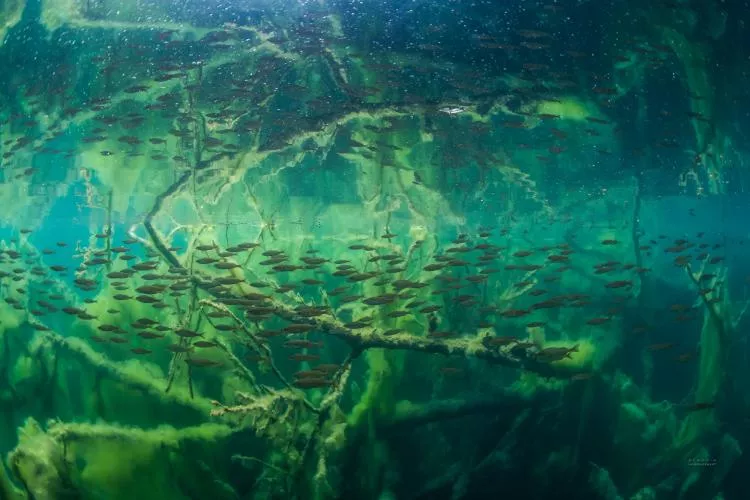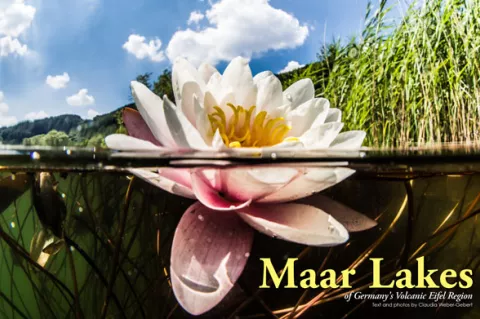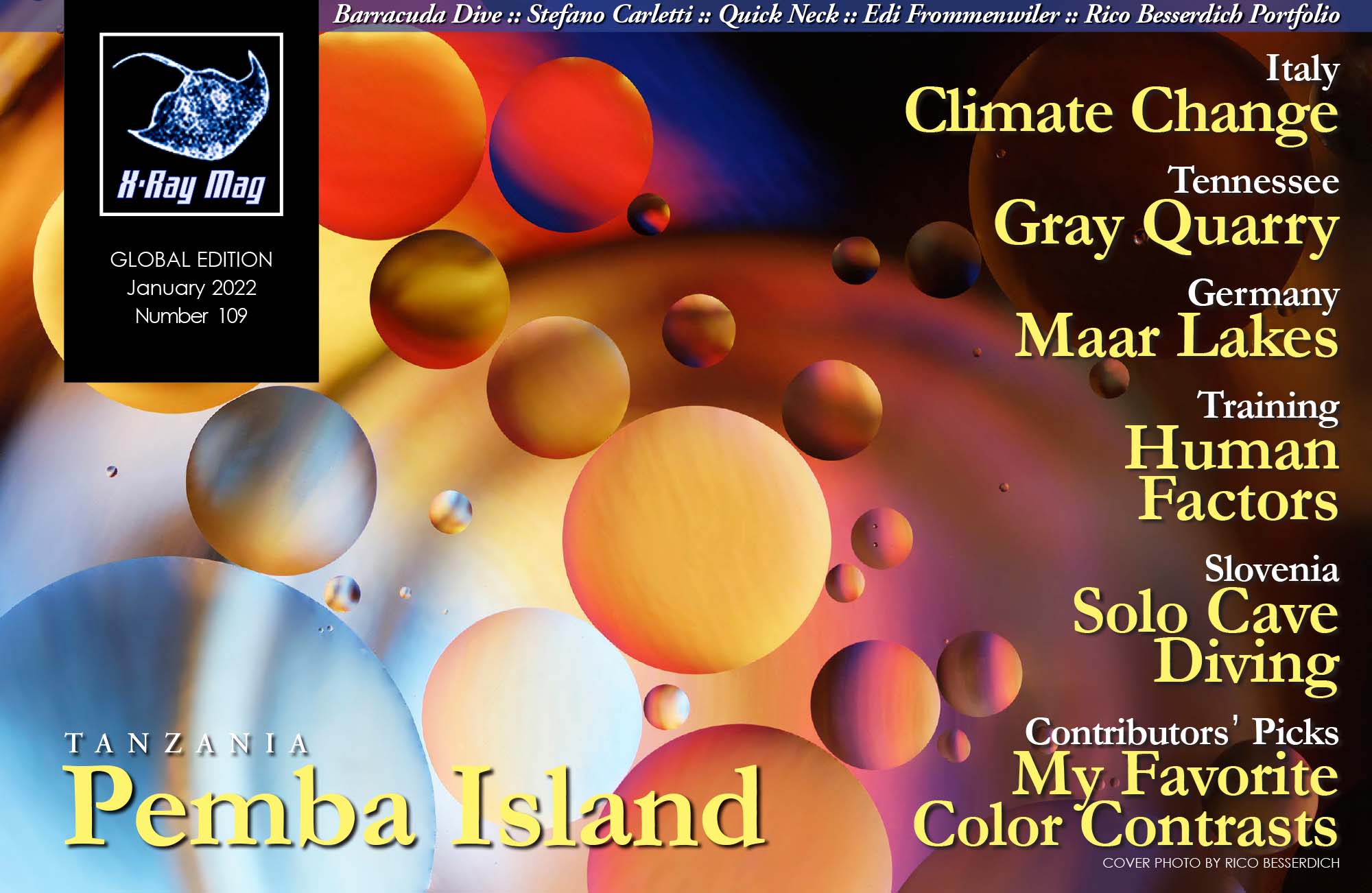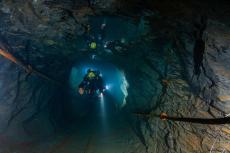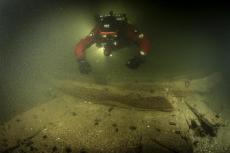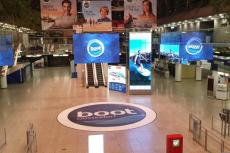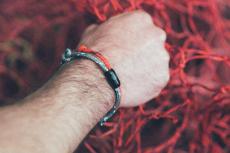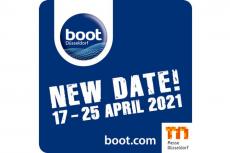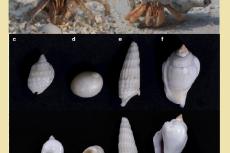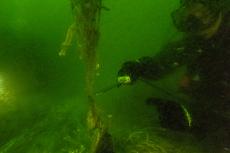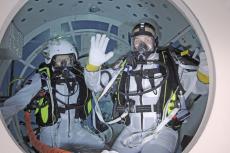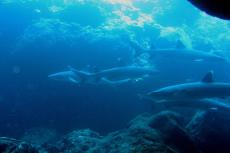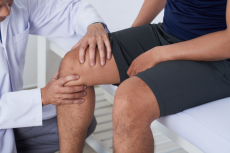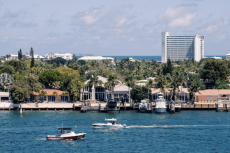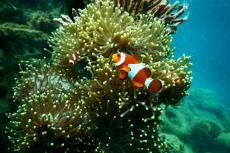What is the origin of the unique lakes in the Volcanic Eifel region of Germany? In short, they were created from an explosion of water vapour when lava from a hot spot under the region met with groundwater thousands of years ago. The explosion created a round funnel, or crater, with earthen walls, which was later filled with rainwater. That is why the water is really clear and has rather good visibility. Author and underwater photographer Claudia Weber-Gebert gives us a glimpse into this beautiful underwater world and her new book about these special lakes.
Contributed by
Maare, Quellen, Wasserfälle: Die faszinierende Unterwasserwelt der Vulkaneifel (Maars, Springs, Waterfalls: The Fascinating Underwater World of the Volcanic Eifel)—this is the title of my book, which was published in September 2021.
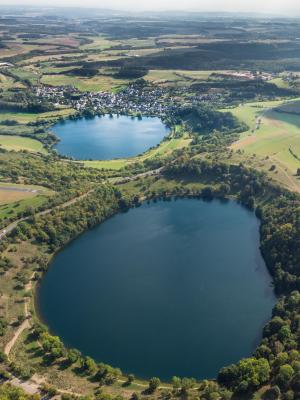
Photo: Claudia Weber-Gebert
The underwater world of this region has nearly been forgotten since diving was forbidden in the 1970s. The Maar lakes are very deep and cold, and many diving accidents happened here in those early days. As a result, the authorities decided to close the lakes to diving.
I have known these lakes since my childhood when our family spent many Sundays during the summer, swimming and boating here. So, I already knew that the water was pretty clear. And until now, no one else had ever published a book about the underwater world of these lakes. But, as already mentioned, diving was not permitted, and the authorities did not give me special permits to do so for my book project. So, I decided to do it simply by freediving.
Freediving challenges
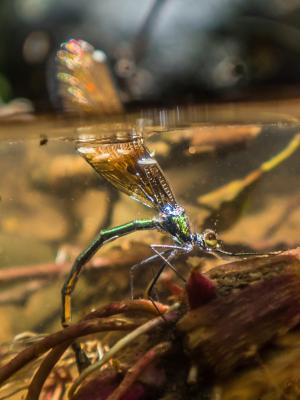
Photo: Claudia Weber-Gebert
This was not an easy task when one is used to doing underwater photography with scuba gear and strobes. To be more comfortable underwater while freediving, I decided not to use my strobes, but just to capture my images using only ambient light.
The Maars are called the “blue pearls of the Eifel region.” An aerial view of the Maar lakes, however, shows them as blue circles, which are just beautiful and invite one to jump in. And so, I did. I have been freediving the lakes since 2014 for my special book project, which presents the fascinating underwater world of this wonderful region to all those who could not dip their heads under the lakes’ surface.
Each summer, I took every chance I had to drive to one of the maar lakes or some small adjoining river to take underwater photos or split shots. I found marvellous scenes underwater with a variety of species, including fishes, frogs, toads, insects and even turtles. I found myself swimming in a fairy-like world with underwater forests of waterlilies, observing the magical play of light under the water’s surface, and enjoying every single day I was in the water. I was blessed with delightful encounters of underwater life, such as a dragonfly laying its eggs underwater or a swarm of perches coming towards me and surrounding me. So many wonderful moments with fishes and freshwater life filled each day I spent in the waters of the Volcanic Eifel region.
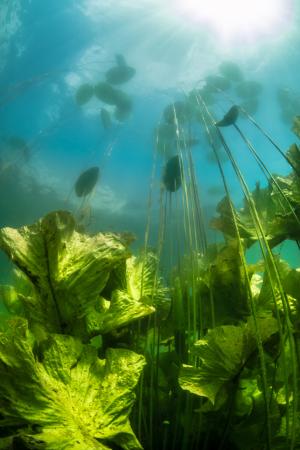
Unfortunately, I also found destruction and plenty of litter, even a motorcycle… But hey, I was writing a book, so I could make the best out of the situation by including a chapter about environmental protection to educate and inform readers. Furthermore, I could even include a comparison of my own photos and observations taken in 2015 and later in 2018 of the same site, to show the changes over time and the necessity to do something for the environment.
New fascination
But mostly, I could find wonderful nature to photograph. Hikers passing by often asked me what I was doing—so did local residents, who asked if there was anything to see down there in the water, as they smiled, uncomprehendingly. And they were astonished when I described the rich, colourful underwater world that I found down there. They had never seen their region in that way before and from that point of view. Even my editor did not know about the fascinating underwater landscapes, despite having grown up here.
Of course, it is not comparable to the tropical reefs found in exotic seas around the world, but it has its own innate beauty. The dominant colours are blue and green, and they come in a multitude of shades from deep hues to a Caribbean turquoise, with plenty of fish cruising through the branches of fallen trees. As there are nature reserves around the lakes, those trees just stay where they have fallen and serve as hiding places.
While there is no Loch Ness Monster, or Nessie, in these lakes, there are 400 species of fishes, which are prevalent throughout Germany and Europe. So, my book is filled with underwater photos and split shots, inviting the audience to make a journey through the Volcanic Eifel region, and includes geographic coordinates as well as a description of the various sites and some nice stories about the maar “monsters.
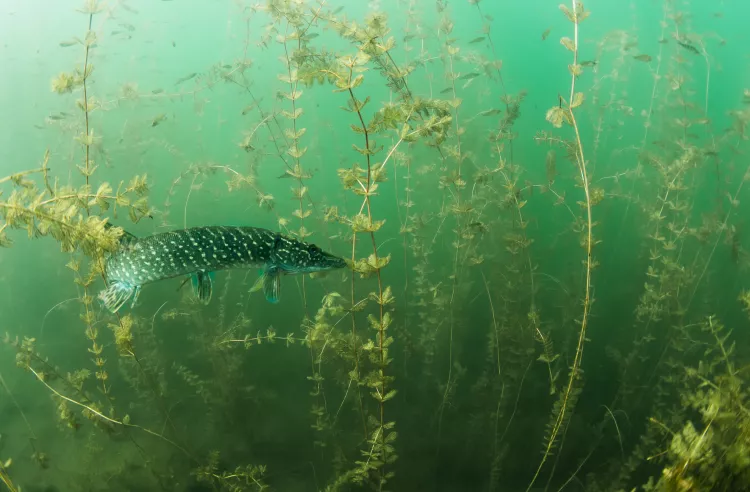
In the end, I really have to admit that it was a blessing to do this project by just freediving, as there was so much satisfaction in being minimal in gear and silent in this special environment, being one with nature, accepted by the animals, and being at peace with myself at the end of the day.
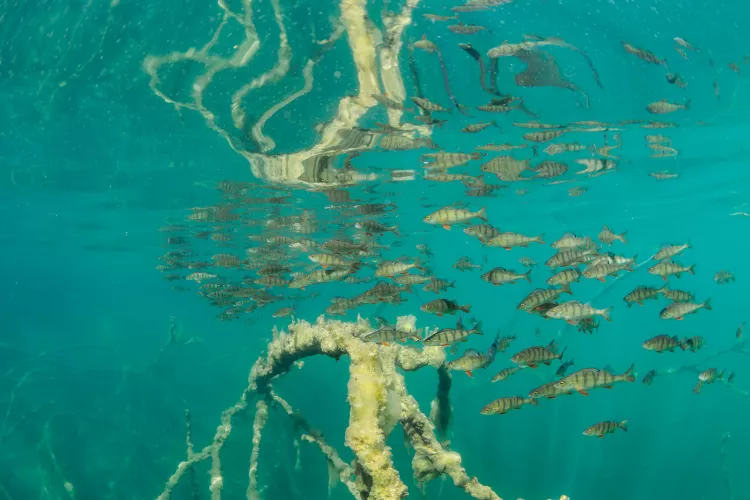
The region is well known for its hiking trails, and many tourists visit during summertime to explore the nature around the lakes and the valleys with crystal-clear streams. If you are in the Volcanic Eifel region, don’t hesitate to bring your mask and fins to have a look at the hidden beauty under the water’s surface—but always use the entry at the public access points, never the natural banks of the lakes!
Claudia Weber-Gebert is an advanced diver, underwater photographer and dive writer based in Germany. Please visit: design-buero.org/Unterwasser-Fotografie

